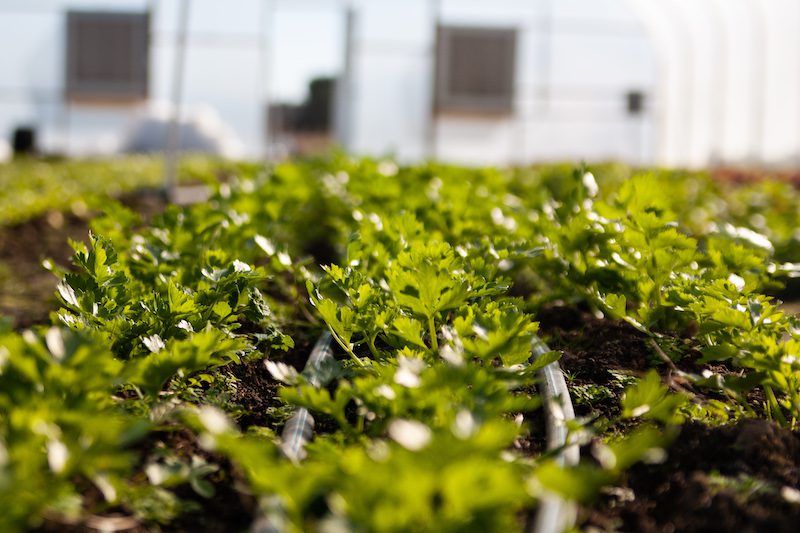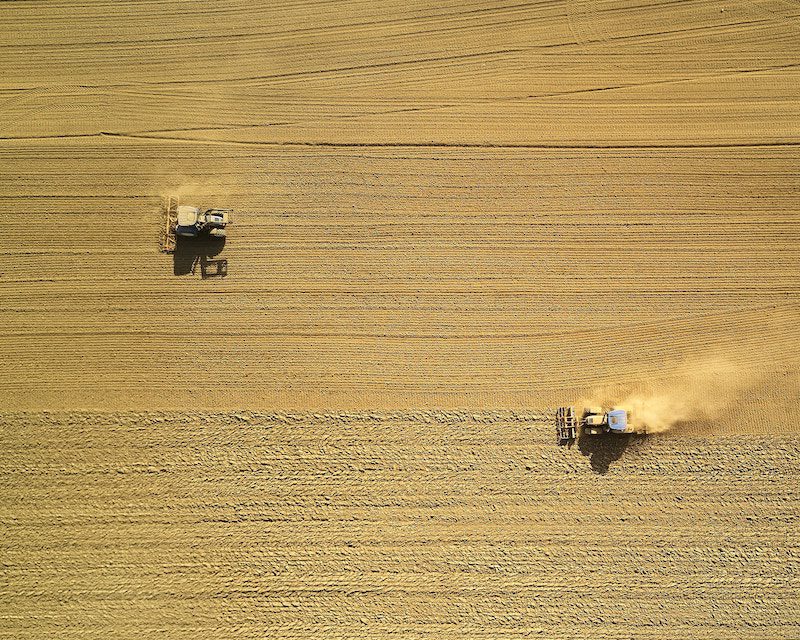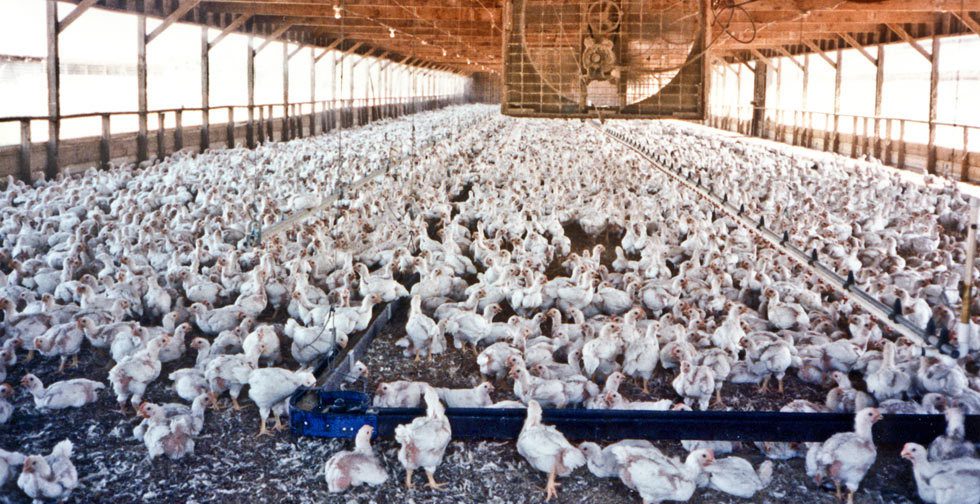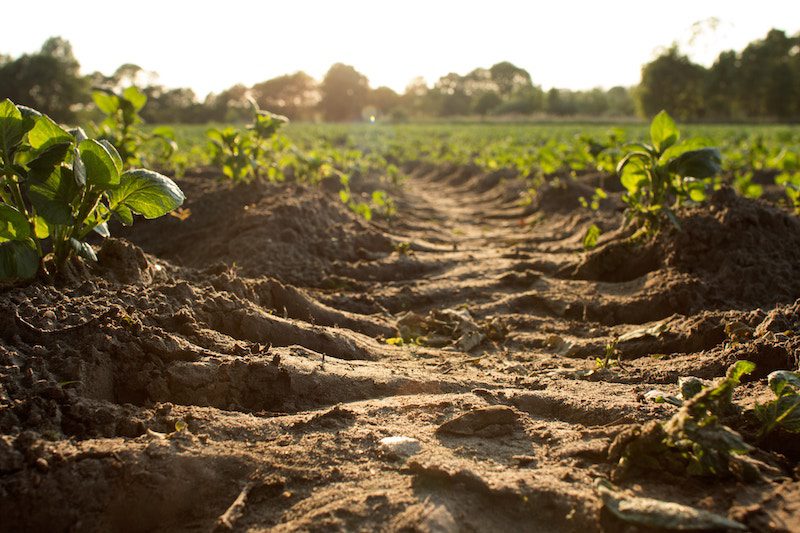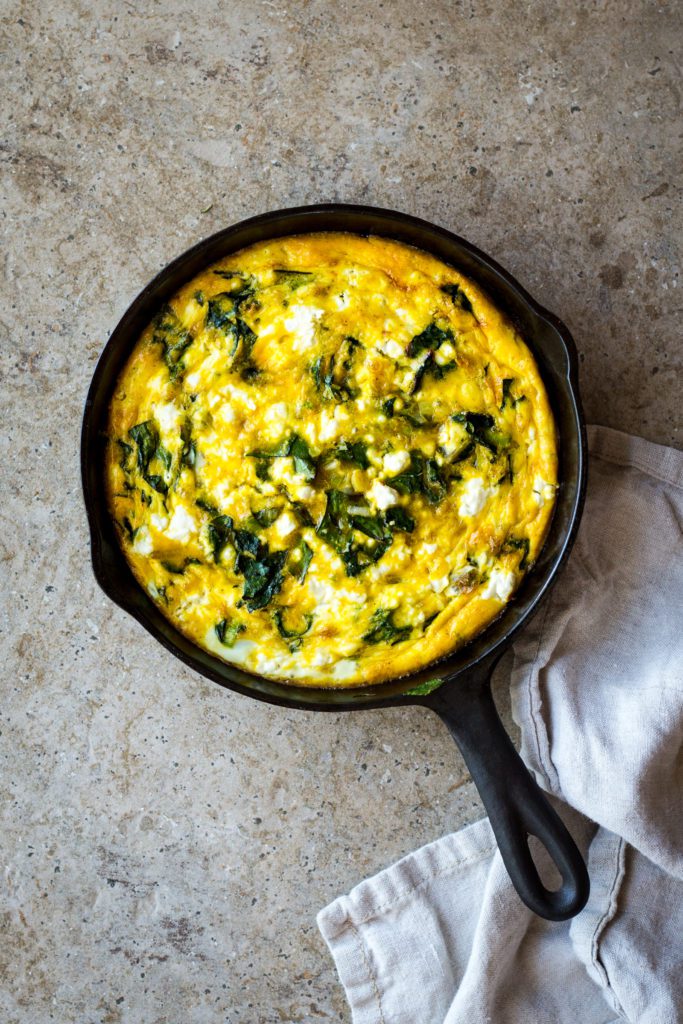Practically speaking, why does it matter where our food comes from? When faced with the question of whether to buy conventionally grown food versus that which was grown organically and sustainably, why choose one or the other? There are many intricacies to consider. However, one thing in particular is abundantly clear: the residual tentacles of our food choices are far reaching, stretching into the realm of our health and affecting the current and future vitality of our planet. The days leading up to Earth Day are as good a time as any to explore the impact of our dollars spent on conventional versus sustainable farms.
What is conventional agriculture?
We say conventional because it’s just how most of us think of agriculture in America. But it goes by many names including industrial ag, big ag, factory farming, or in some cases, concentrated animal feeding operations (CAFOs). This system was propelled by the advent of technological advancements that emerged with the industrial revolution in the first half of the 20th century. During this period, scientific discovery (often a result of war-related experimentation) led to synthetic fertilizers, antibiotics and pesticides. These technologies birthed an explosion of agricultural efficiency throughout our world. The perceived benefits were immediately recognizable. A new abundance of food aided rapid population growth, prices dropped, and farm related labor decreased dramatically. In 1940, one farmer supplied eleven consumers. By 2002, that single farmer was feeding ninety. But as with many new things, these advancements came at a steep cost to our physical health, our society as a whole, and to nature and its resources.
The number one enemy of all living things is disease, whether bacterial, viral, or in the form of parasitic pests. It spreads most often through contact, in overcrowded environments without natural deterrents or airflow. When the all-wise industrial era scientists developed synthetic agrochemicals they surmised it was no longer necessary to protect plants and animals from these types of risky environments. The belief that disease could be made irrelevant as a result of science quickly led to the practice of planting endless rows of pesticide ridden monoculture crops and rearing animals in extremely overcrowded spaces. Why chase a cow through a field when you could keep it drugged in a cage next to thousands of others in a state of relative health? And they were right, production efficiency sky-rocketed.
But for all our ingenuity, nature is always more clever. As if to prove it, new diseases constantly mutated, unleashing a renewed fury on these “hyper-efficient” farms. The rebuttal? Newer and stronger chemicals, of course! In exchange, we have watched the emergence of powerful superbugs, bacterial and viral in nature, immune to the latest chemical antidotes. And the cycle repeats over and over.
Besides the obvious loss of plants and animals, our bodies are at a greater risk of absorbing antibiotic resistant bacteria, pesticides, herbicides, hormones and chemical fertilizers through consumption of or exposure to conventionally grown food. The irony of all this is almost too much to handle. Most of us are unwitting participants in an unending war of man-made chemicals vs nature-made disease, both of which become more adept at destruction with every battle. Yet, the carnage of industrialized agriculture doesn’t stop with humans.
Earth’s Most Valuable Resource: Topsoil
Our planet is covered with an average of about three feet of topsoil, the layer responsible for producing vegetation, which in turn sustains livestock. Healthy topsoil is a connected web of countless microorganisms that, when left undisturbed, will erode then regenerate at the rate of about an inch every several hundred years. Needless to say, unless the rate of erosion is less than that of regeneration, Earth’s topsoil will eventually run out along with our food supply.
Think dust-bowl. Think Great Depression.
Unfortunately, the intensive machine-powered farming methods brought on by industrialization are forces for erosion. Another powerful conventional ag force is the process of deforestation, stimulated by increasing government-supported demand for more farmland to grow genetically modified corn or soy. In an article for permaculturenews.org, Ibraheem Naqeeb states, “Diversity is one of the primary indicators of a healthy ecosystem, and by that standard a monoculture could be compared to a patient on life support.”
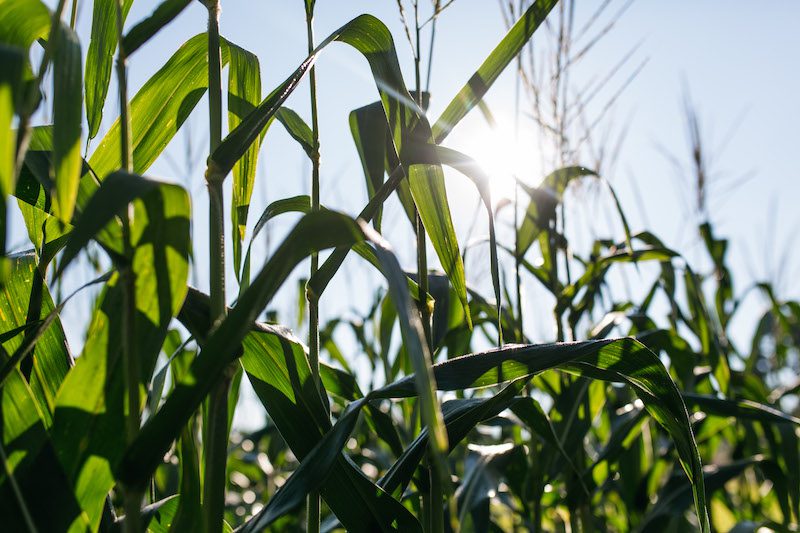
These single-species crops are grown intensively on soil that has no anchors. Without the roots of trees, heavily tilled and fertilized topsoil is easily washed away. And all this loss only leads to more. Diminishing fields grow crops to feed antibiotic-ridden livestock raised in cages, which is in turn shipped around the world to the unsatiated and innumerable masses. According to David Montgomery, a geologist at the University of Washington, “The estimate is that we are now losing about 1 percent of our topsoil every year to erosion, most of this caused by agriculture.” Are you seeing how short-sighted this conventional system really is?
But there’s another way.
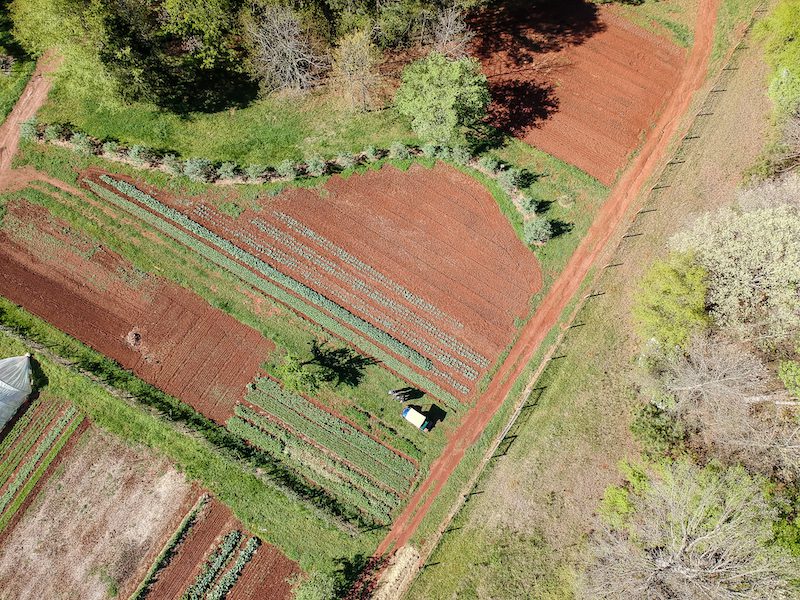
What is Sustainable Agriculture?
This is an older way. It was conventional farming before industrialization occurred. The primary benefit of sustainable agriculture is wrapped up in the simple fact that it avoids the use of the aforementioned industrial advancements and thus bypasses the destructive side effects described above. In essence, sustainable farming models nature through diversity. Along with this rich diversity created by biomimicry, the foundations of sustainable agriculture are minimal soil disturbance, crop rotation, and systems intentionally designed to build topsoil. Later in his article, Naqeeb explains that, “There is nothing inherently bad about pests or weeds; both are nature’s mechanisms for creating equilibrium and repairing degraded landscapes.” If you visit a farm without weeds and can’t hear the constant drone of insects, it’s likely you’ve found an example of conventional agriculture.
Sustainable farms not only maintain healthy bodies and a healthy planet, they also have the power to regenerate those bodies, communities and even the most lifeless soil. We are all change makers when it comes to these weighty topics because we all make food decisions every day. Which system will I invest in today? Fresh Harvest customer, our friends at Georgia Organics say that “You are participating in a revolutionary food system that is separate and distinct from a larger one that has a lot of problems with it. It is the beginning of our next, more long term, truly sustainable food system that has the potential to right a lot of wrongs. It’s going to take the whole village.”
